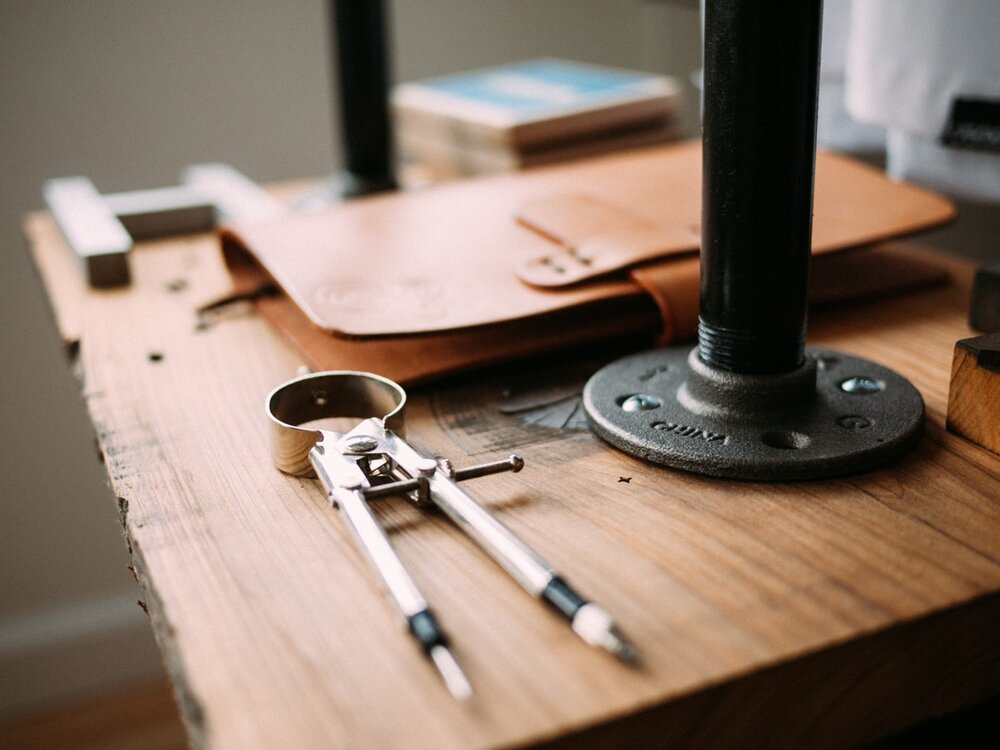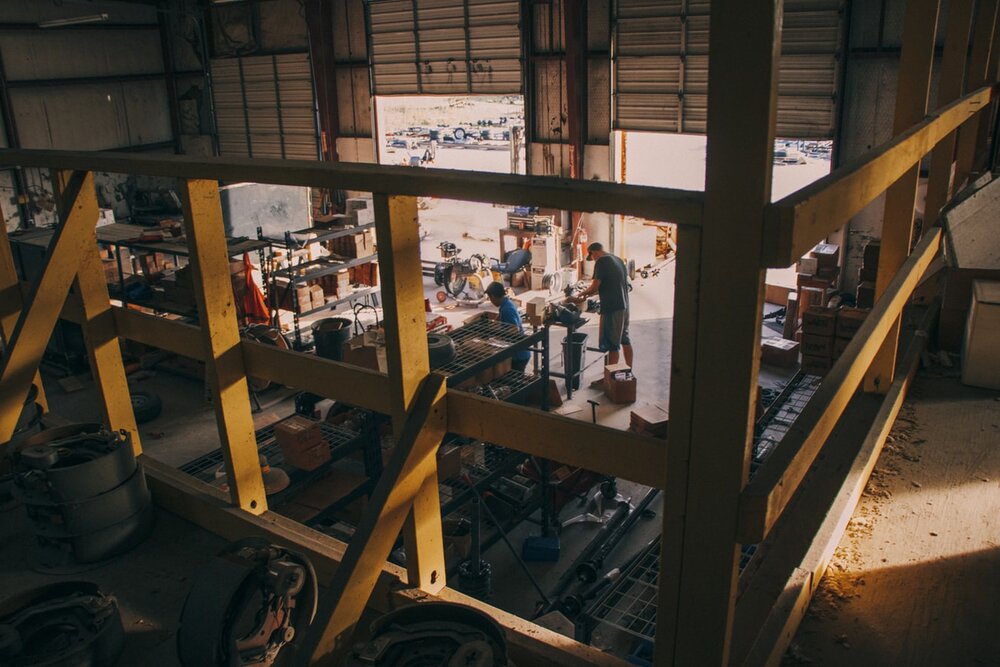Efficient Design in Home Workshops: 6 Essentials
You have a long list of details to account for when designing a home workshop. First and foremost, you have to consider safety. Beyond that, what youre going to need depends largely on the type of work you plan to do. Are you rebuilding classic cars? Refinishing furniture?
When you outfit your workshop, make sure its right the first time. Slipshod design or equipment that works improperly can lead to decreased satisfaction from your space. You want to while away the hours puttering at your hobbies or earning a second income, so your environment should be comfortable.
Where do you start?
1. Install the Basics

image unsplash
First, you'll need to decide where to locate your workshop. Many people select the basement or the garage, especially if they live in a climate where the weather is sometimes inclement.
However, if you have a shed in your backyard, this can also serve as a location. If you live in an arid region like the desert southwest, you can even build a workshop on a patio.
You'll need to set up the basics. You'll have to have a power supply, which is another reason so many folks choose to set up their workshop in their primary residence they already have the electricity.
If you're building your space in a shed, you'll need to run wiring to it. Depending upon the type of work you do, you may need to run a water line as well.
Finally, regardless of where you locate your workshop, you need to secure your tools. Many unfortunate souls have lost expensive equipment they've left it unsecured in open garages or sheds.
When installing a garage door for this style of workshop, make sure it has a garage door defender. If you need to allow handyman or janitorial access to your home, select a model that will enable you to set a limited permission code with a digital keyless lock.
2. Illuminate Your Workspace

image unsplash
Choosing appropriate lighting for your home workshop is more than a matter of aesthetics. You need to be able to see what you're doing for safety's sake.
If you plan to work on vehicles in your garage, for example, you need at least one eight-foot fixture per parking space. While you may avoid bright overhead lights in your home's interior, your workshop is one place you want to let it shine.
If you do detailed bench work, you may need to add additional light sources. Consider installing under-cabinet fixtures if you locate your desk under a shelf. You can find inexpensive stick-on models that you can use even if you rent.
You can also buy clip-on lamps with adjustable necks to let you see fine detail essential if you do work like watch repair.
3. Make Your Tools Accessible

image unsplash
When you're engrossed in a project, you want to have your tools at hand. Having to get up and dig through a cluttered chest to find your chisel disrupts your focus.
Decide how you want to organize your supplies. If you do a lot of detailed work, such as restoring smaller antiquefurniture, you might get by with a set of desk organizers for your brushes and varnishes. However, if you work on automotive engines, you may need bulkier tools.
You can place corkboard along walls to hang smaller tools. Consider installing shelves or hanging racks from the ceiling to hold more substantial items. If you're using your garage and have an automatic door, you'll want to exercise caution not to hit the wiring or tracks.
4. Design Your Bench

image unsplash
Depending on your craft, you may not need a workbench at all. Still, it's useful to have at least a small table for laying out your supplies. If you're a woodworker, you need a proper bench for equipment like power saws and lathes.
Keep ergonomics in mind. The ideal model should extend from the crease of your wrist to the floor.
5. Keep it Clean

image unsplash
Cleanliness matters in workshop design. You want to organize equipment far enough apart that you can maneuver a broom or a vacuum to clean up dust and debris. Broken glass can cut shoes and feet!
Accumulated debris can trip you, which isnt ideal when you're holding a power tool. Give your workshop a thorough sweeping and dusting each week.
6. Arrange for Comfort

image unsplash
Finally, consider how comfortable you'll be in your workshop. If you're working in a shed, how will you stay warm in the winter and cool in the summer? Is there a window you can open to install a fan?
Even if you're in a garage or a basement, the heat from your house may not sufficiently warm your space. You could opt for a space heater for the cooler months but follow all safety instructions to avoid a fire. If you have a wood stove in your basement, have your flue cleaned and put it to work.
Design the Perfect Home Workshop Today
Your home workshop is where you spend some of your most pleasant hours honing your craft. Make it the space of your dreams with this checklist.
Author Bio: Dylan Bartlett, aka, The Regular Guide, writes about DIY projects, home improvement and similar topics on his site. Visit Just a Regular Guide for more, or follow Dylan on Twitter @theregularguide for frequent updates!
cover image unsplash
